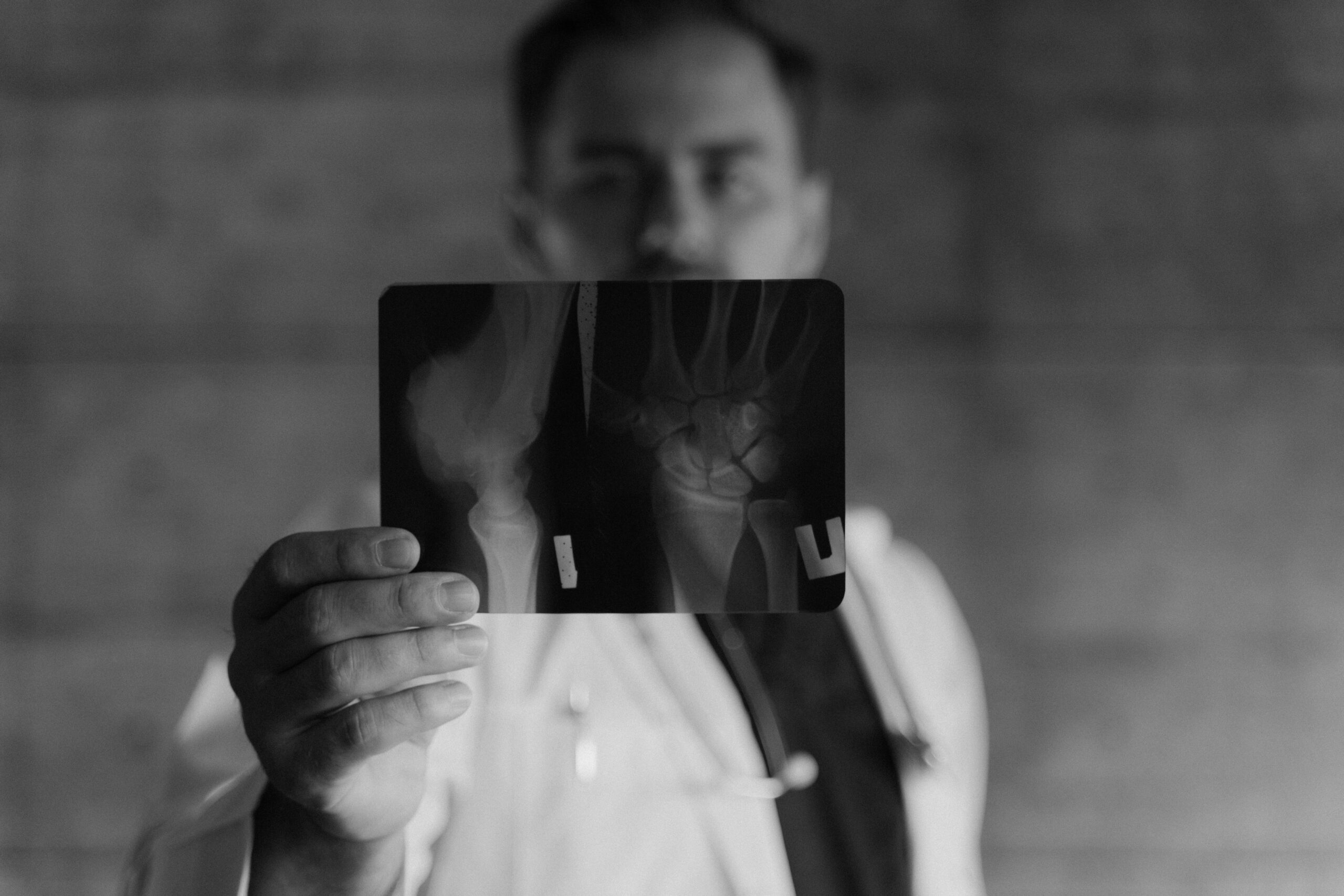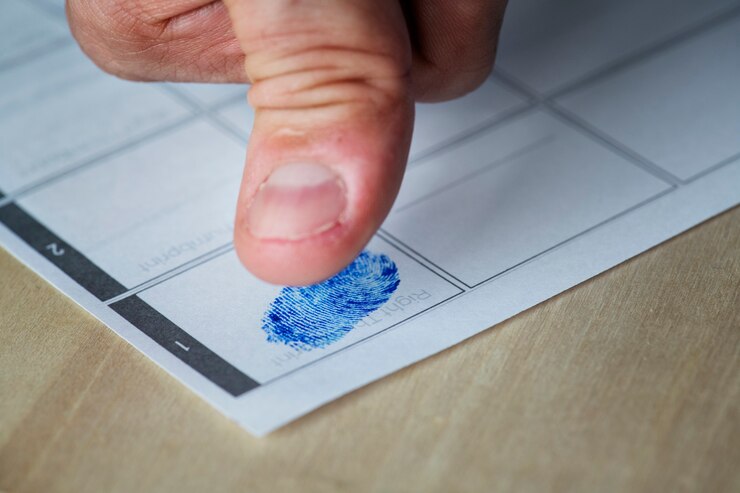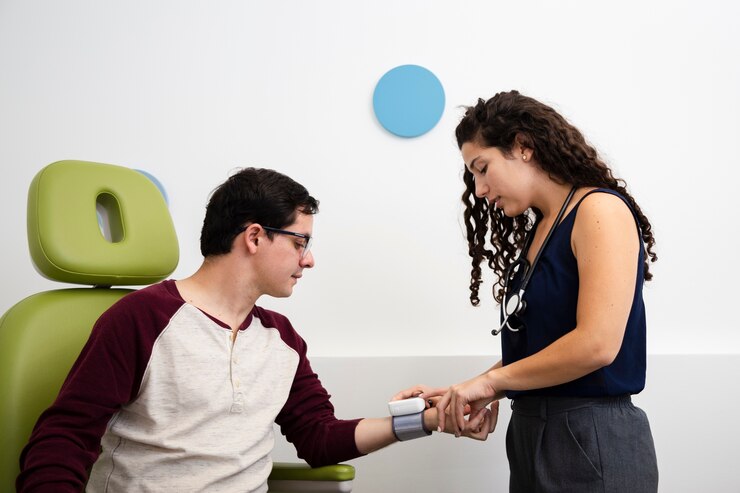What are CPT Codes for Urology Procedures?
What are CPT Codes for Urology?
In medical billing and healthcare administration, CPT (Current Procedural Terminology) codes play a pivotal role. These five-digit numeric codes are used by medical professionals to describe medical, surgical, and diagnostic services with precision. In urology, accurate CPT coding ensures that healthcare providers are reimbursed correctly for the services they deliver.
Moreover, precise small practice medical billing & coding is important for maintaining compliance with regulations, minimizing billing errors, and ultimately providing high-quality patient care. Whether you are a healthcare provider, a medical coder, or a patient trying to navigate your medical bills, understanding urology CPT codes is essential for clear communication and efficient healthcare management.
What is the CPT Code for the Urinary System?
CPT codes for the urinary system range from 50010 to 53899 and encompass a variety of surgical procedures. These codes, established by the American Medical Association (AMA) and utilized by Codify by AAPC, cover everything from kidney transplants to bladder repairs.
Accurate coding within this range is crucial, as it ensures that each specific procedure is clearly identified and appropriately billed. For instance, a nephrectomy (kidney removal) would fall under a different code than a cystectomy (bladder removal), even though both are urological surgeries.
Understanding these codes helps streamline the billing process, reduce errors, and ensure proper reimbursement for healthcare providers.
CPT Codes for Urology Procedures in 2024
In 2024, CPT codes for urology procedures encompass a wide range of surgeries and treatments specifically designed to address issues related to the urinary system, kidneys, ureters, bladder, and urethra. These codes, essential for accurate medical billing and documentation, help healthcare providers and insurers clearly communicate the specifics of the procedures performed.
The CPT codes range from 50010 to 53899 for the urinary system and include revised descriptors to ensure precision in coding. This detailed breakdown ensures that each unique procedure is coded correctly, aiding in efficient billing and proper reimbursement.
Here’s a table summarizing the key CPT codes for urology procedures in 2024:
|
Procedure Category |
CPT Code Range |
|
Surgical Procedures on the Urinary System |
50010-50593 |
|
Surgical Procedures on the Kidney |
50600-50980 |
|
Surgical Procedures on the Ureter |
51020-52700 |
|
Surgical Procedures on the Bladder |
53000-53899 |
|
Specific Procedure |
CPT Code |
Description |
|
Neurostimulator Insertion/Replacement |
64590 |
Insertion or replacement of peripheral, sacral, or gastric neurostimulator pulse generator or receiver, requiring pocket creation and connection between the electrode array and pulse generator or receiver. |
|
Neurostimulator Revision/Removal |
64595 |
Revision or removal of peripheral, sacral, or gastric neurostimulator pulse generator or receiver, with detachable connection to electrode array. |
|
Female Pelvic Exam (additional) |
99459 |
Female pelvic exam (list separately in addition to code for primary procedure). |
|
Cystourethroscopy with Mechanical Urethral Dilation |
52284 |
Cystourethroscopy, with mechanical urethral dilation and urethral therapeutic drug delivery by drug-coated balloon catheter for urethral stricture or stenosis, male, including fluoroscopy, when performed. |
|
Open Insertion/Replacement of Neurostimulation System |
0816T |
Open insertion or replacement of integrated neurostimulation system for bladder dysfunction, including electrode(s) and pulse generator or receiver, including analysis, programming, and imaging guidance when performed, posterior tibial nerve; subcutaneous. |
|
Open Insertion/Replacement (subfascial) |
0817T |
Open insertion or replacement….subfascial. |
|
Revision/Removal (subcutaneous) |
0818T |
Revision or removal…. subcutaneous. |
|
Revision/Removal (subfascial) |
0819T |
Revision or removal….subfascial. |
|
Percutaneous Implantation of Neurostimulation System |
0587T |
Percutaneous implantation or replacement of integrated single-device neurostimulation system for bladder dysfunction, including electrode array and receiver or pulse generator, including analysis, programming, and imaging guidance when performed posterior tibial nerve. |
|
Revision/Removal of Neurostimulation System |
0588T |
Revision or removal. |
|
Electronic Analysis (1-3 parameters) |
0589T |
Electronic analysis with simple programming of an implanted integrated neurostimulation system for bladder dysfunction, posterior tibial nerve, 1-3 parameters. |
|
Electronic Analysis (4 or more parameters) |
0590T |
Electronic analysis with simple programming of implanted integrated neurostimulation system, 4 or more parameters. |
|
Insertion of Percutaneous Electrode Array |
0786T |
Insertion or replacement of percutaneous electrode array, sacral, with integrated neurostimulator, including imaging guidance, when performed. |
|
Revision/Removal of Electrode Array |
0788T |
Revision or removal. |
|
Electronic Analysis of Neurostimulation System |
0789T |
Electronic analysis with simple programming of implanted integrated neurostimulation system, spinal cord or sacral nerve, 1-3 parameters. |
|
Electronic Analysis (4 or more parameters) |
0790T |
Electronic analysis with simple programming of implanted integrated neurostimulation system, 4 or more parameters. |
|
Remote Multiday Complex Uroflowmetry |
0811T |
Remote multiday complex uroflowmetry; setup and patient education on the use of equipment. |
|
Device Supply with Automated Report Generation |
0812T |
Device supply with automated report generation, up to 10 days. |
|
Low-Intensity Extracorporeal Shock Wave Therapy |
0864T |
Low-intensity extracorporeal shock wave therapy involving corpus cavernosum, low energy. |
Bladder Biopsy CPT Code
A bladder biopsy is a critical procedure in diagnosing various bladder conditions, including cancer. The Current Procedural Terminology (CPT) code for a diagnostic cystoscopy that includes a bladder biopsy is 52232. This code ensures that the procedure is accurately documented for billing and medical records.
Besides the specific code for bladder biopsy, there are several related CPT codes that cover different aspects of cystoscopic procedures. Knowing these codes helps healthcare providers select the most appropriate code for the services rendered, ensuring accurate billing and efficient patient care.
52232: Diagnostic cystoscopy that includes a bladder biopsy
52231: Cystoscopy performed without a biopsy
52275: Cystoscopy combined with urethral dilation
52204: Biopsy of the bladder
52224: Cystoscopic bladder biopsy with lesion treatment using fulguration
52234–52240: Cystoscopic procedures for treating bladder tumors, categorized by tumor size.
Prostatectomy CPT Code
Prostatectomy, the surgical removal of the prostate gland, is categorized under different CPT codes depending on the specific procedure and underlying condition. The CPT code 55866 refers to a laparoscopic radical prostatectomy, which is performed primarily to treat prostate cancer. This minimally invasive procedure involves the complete removal of the prostate gland and some surrounding tissue to prevent the spread of cancer.
On the other hand, CPT code 55867 denotes a laparoscopic simple prostatectomy, typically performed to address benign prostatic hyperplasia (BPH). This procedure removes only the part of the prostate gland that is blocking the flow of urine, helping to alleviate urinary symptoms caused by BPH.
Understanding these codes is crucial for accurate medical billing and documentation, ensuring that patients receive appropriate treatment and healthcare providers are reimbursed correctly.
CPT Code for Foley Catheter
The CPT code 51702 is used to document the insertion of a temporary indwelling bladder catheter, commonly known as a Foley catheter. This procedure is typically performed in a physician’s office and is classified as simple, meaning it does not involve complex techniques or complications.
The code 51702 encompasses both the insertion of the catheter and the cost of the catheter itself. Accurate use of this code is essential for ensuring proper reimbursement and clear medical records, helping healthcare providers deliver efficient and precise care to patients needing temporary bladder catheterization.
CPT Code Robotic Partial Nephrectomy
The CPT code for a robotic partial nephrectomy is 51595. This code is used to document both partial and radical nephrectomies performed with robotic assistance. A robotic partial nephrectomy involves the surgical removal of a portion of the kidney, typically to excise a tumor while preserving as much of the healthy kidney tissue as possible.
The use of robotic technology allows for greater precision, potentially reducing recovery times and improving surgical outcomes. Accurate coding with 51595 is crucial for ensuring proper billing, documentation, and reimbursement for these advanced, minimally invasive procedures.
Closing Remarks
CPT codes for urology are essential for accurate medical billing, efficient healthcare management, and ensuring patients receive the proper care. From diagnostic cystoscopies and bladder biopsies to complex procedures like robotic partial nephrectomies, each CPT code precisely categorizes the services provided.
Accurate coding not only facilitates correct reimbursement but also helps maintain clear and comprehensive medical records, ultimately contributing to the quality and effectiveness of urological care.
FAQs
Hospital Medical Billing Services involve managing financial aspects in healthcare, including claims processing, coding, and insurance reimbursement to optimize financial workflows.
Expertise, experience, technology, client testimonials, pricing, data security, and communication.





